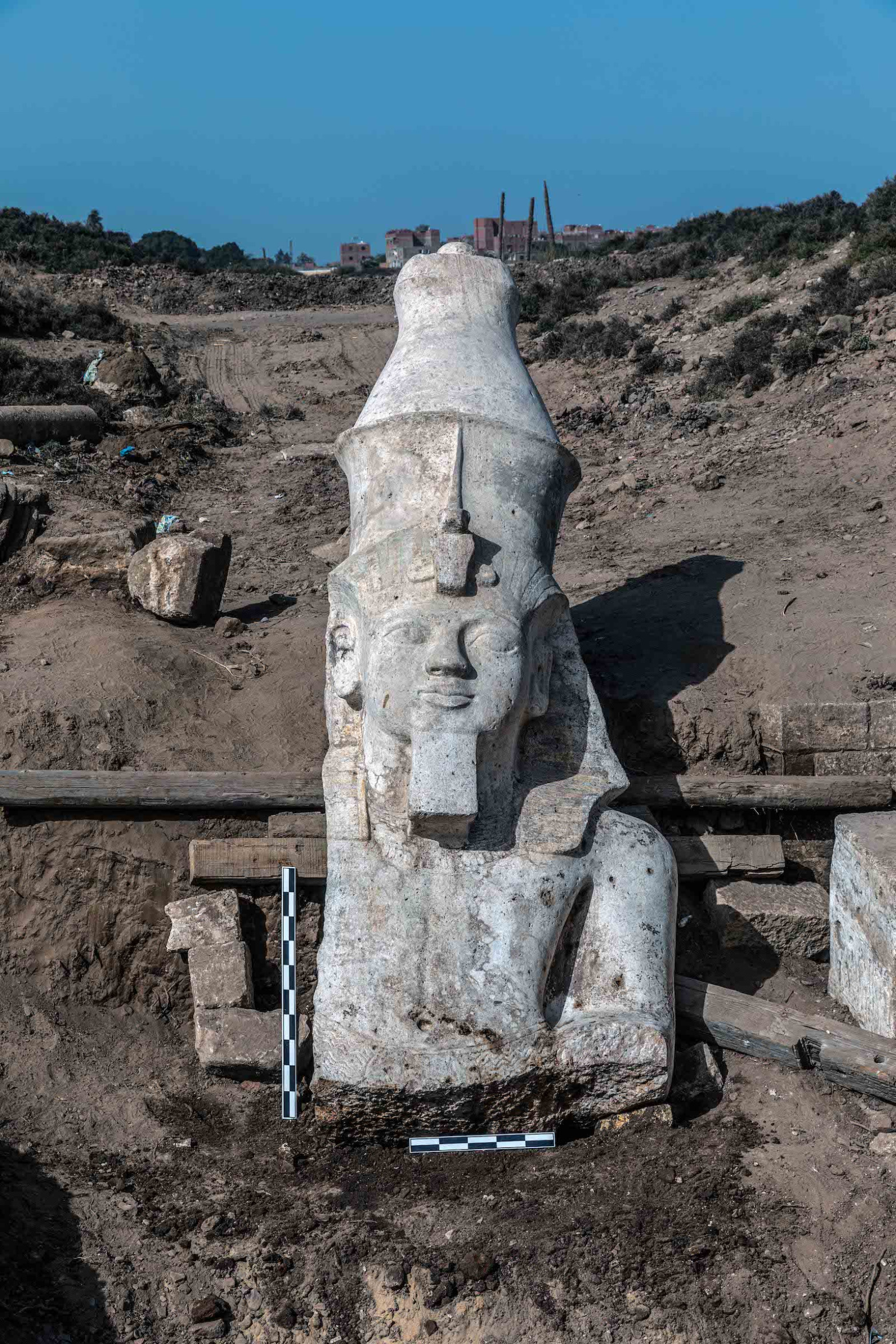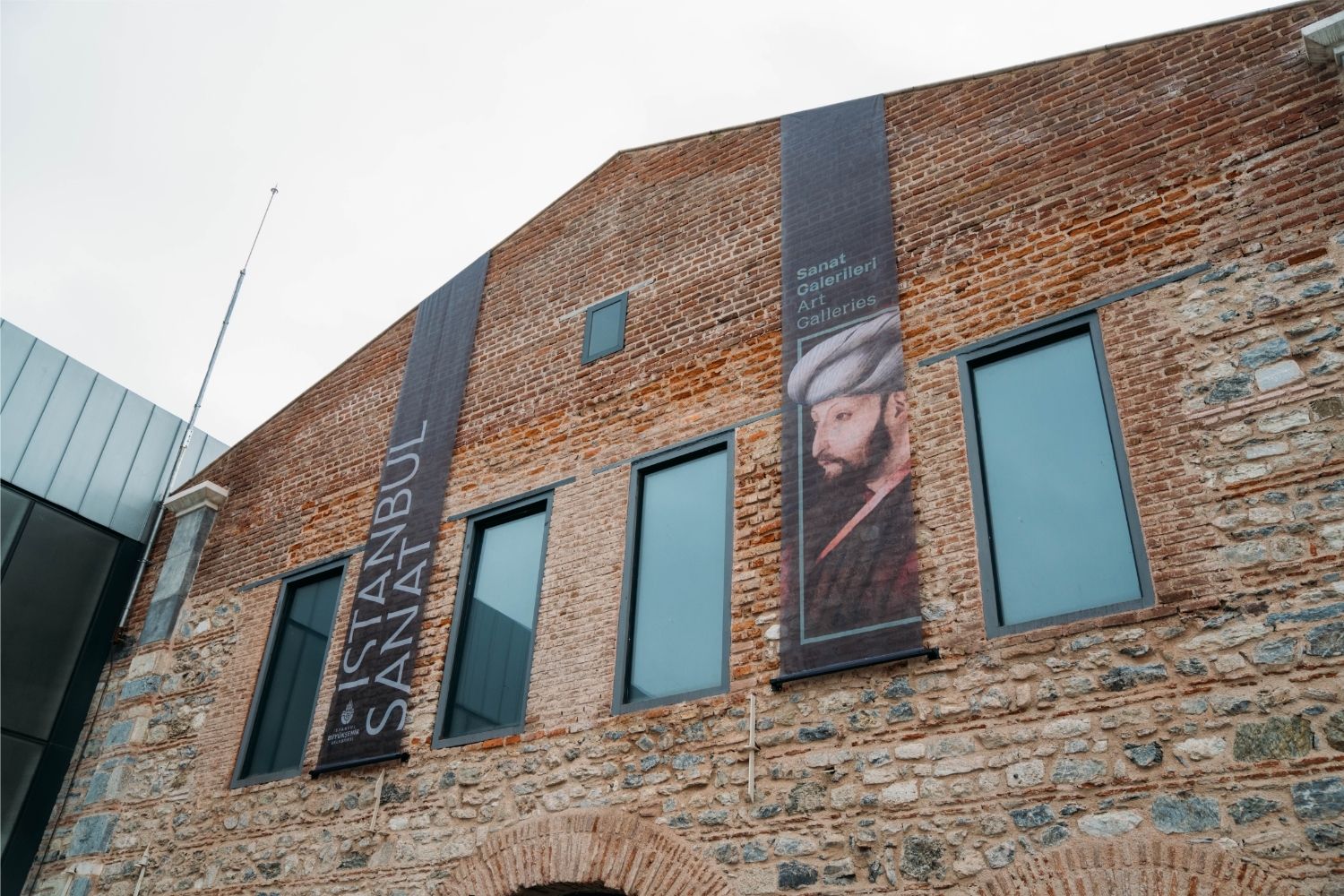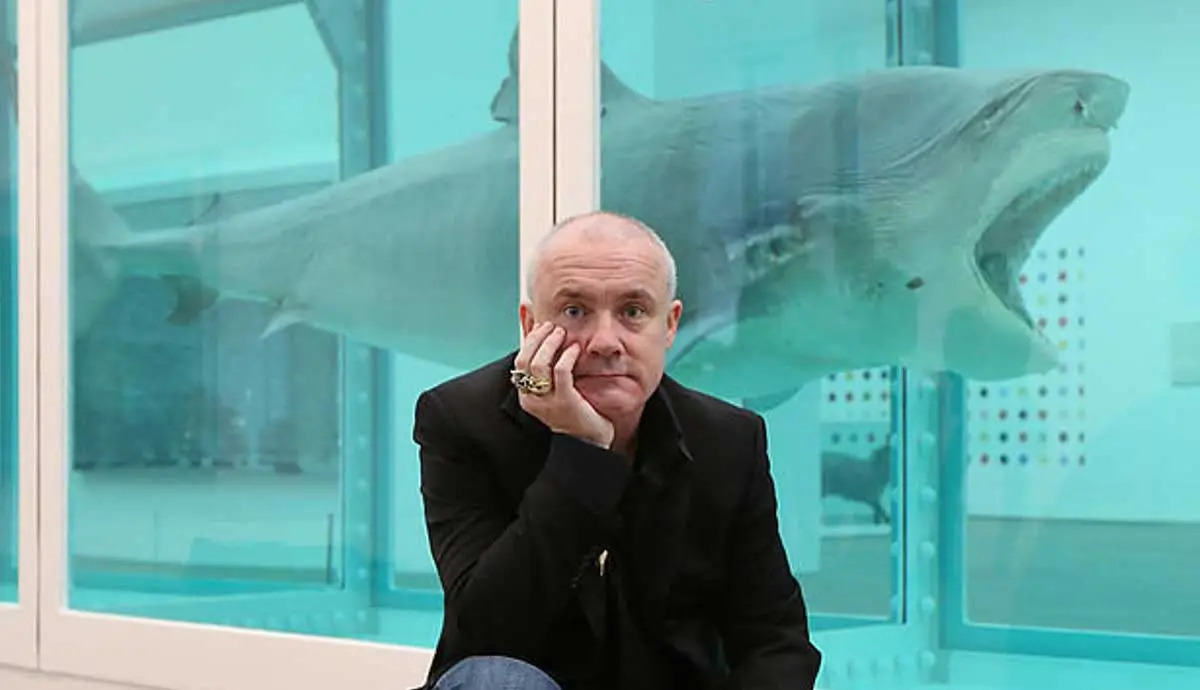Ramesses II, commonly known as Ramesses the Great, ruled as the third pharaoh of the 19th Dynasty during Egypt’s New Kingdom period. His reign, spanning from 1279 to 1213 BC, is often hailed as the pinnacle of Egypt’s history, characterized by extensive military campaigns and grand construction projects.
The recently unearthed statue was discovered during excavations at the ancient city of Hermopolis, situated near the boundary between Lower and Upper Egypt. Known as Khemenu during the Old Kingdom era, Hermopolis emerged as a significant provincial capital, second only to Thebes.
During the Hellenistic period, the city came to be known as Hermopolis, meaning “The City of Hermes,” as the Greeks associated the worship of Thoth, practiced at Hermopolis, with their own deity Hermes. Under Roman rule, from the 3rd century onwards, Hermopolis flourished as a major religious center within the province of Thebais Prima in the administrative diocese of Egypt.
According to Dr. Mustafa Waziri, Secretary-General of the Supreme Council of Archaeology, the limestone statue represents the missing upper portion of a statue originally unearthed by German archaeologist G. Roeder during the 1930s.
Standing at a height of 3.8 meters (7 meters when combined with the previously excavated part), the statue portrays Ramesses II adorned with the double crown and a royal head covering adorned with a cobra. The upper part of the back column features a series of hieroglyphic inscriptions detailing the pharaoh’s grandiose titles.
Dr. Yufona Tranka further elaborated that the archaeological mission has also undertaken the restoration of granite columns situated on the northern side of the Basilica of Ashmonine. This 6th-century church, dedicated to the Virgin Mary, was constructed atop the ruins of the Temple of Talmi.







